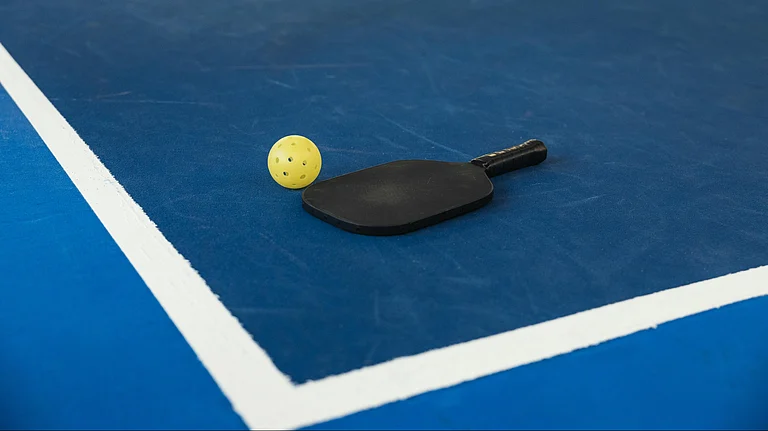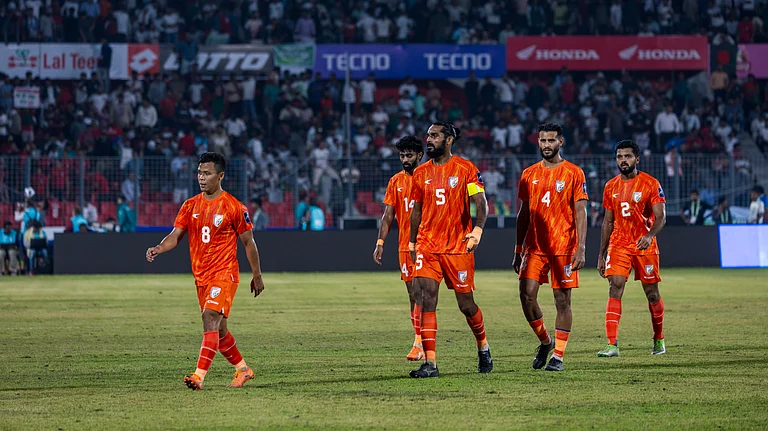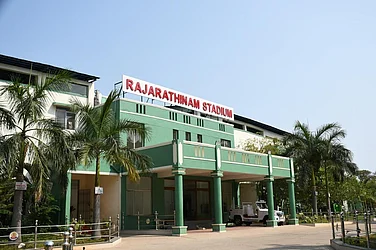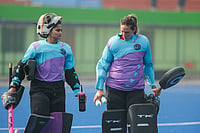The future of para-sports in India stands at the threshold of a technological revolution that could fundamentally change how athletes with disabilities train, compete, and achieve their dreams. Exoskeleton technology, once confined to science fiction, is now emerging as a game-changing innovation that promises to unlock unprecedented possibilities for Indian para-athletes while addressing longstanding accessibility challenges in the country's sports ecosystem.
Understanding Exoskeleton Technology
Exoskeletons are wearable robotic devices that provide powered assistance to users' movements, enabling individuals with lower limb impairments to walk, run, or engage in physical activities that were previously inaccessible to them. These sophisticated machines use electric motors, hydraulics, batteries, and other mechanical technologies to enable limb movement with increased endurance and strength. Recent advancements have led to lighter, more compact designs that offer greater freedom of movement and improved energy efficiency.
The technology has matured significantly over the past decade, with the global exoskeleton market valued at USD 498.33 million in 2024 and projected to reach USD 1.25 billion by 2030, growing at a compound annual growth rate of 16.27%. This rapid expansion is driven by increasing rehabilitation needs, technological innovations in AI and sensors, and growing demand for assistive technologies in healthcare.
Current Exoskeleton Applications in Sports and Rehabilitation
The integration of exoskeletons in sports and rehabilitation has already begun showing remarkable results worldwide. The CYBATHLON, often called the "Bionic Olympics," features exoskeleton racing as a competitive discipline where athletes with spinal cord injuries navigate real-world obstacles using powered exoskeletons. These competitions test overall body balance, including walking without crutches and responding to dynamic elements.
Leading exoskeleton devices currently available include the ReWalk at $77,000, Indego at $80,000, and Ekso at over $100,000. The Indego, for instance, features a modular design with total assembled weight of 12kg and can accommodate users from 155 to 191 cm in height. These devices have shown promising results in rehabilitation, with systematic reviews indicating positive effects on walking, cardiorespiratory responses, and quality of life for individuals with spinal cord injuries.
The Indian Para-Sports Landscape
India's para-sports journey has been remarkable, particularly in recent years. At the 2024 Paris Paralympics, India achieved its best-ever performance with 29 medals, including seven gold, nine silver, and thirteen bronze medals, marking a significant leap from the 19 medals won at Tokyo 2020. This achievement placed India 18th in the overall medal tally, demonstrating the country's growing prominence in Paralympic sports.
However, challenges remain significant. According to the 2011 census, India has 26.8 million people with disabilities, representing 2.21% of the population, with 80% residing in rural areas. Road traffic accidents account for 44% of spinal cord injuries in India, with falls from height contributing another 38.3%. These statistics highlight the substantial population that could benefit from exoskeleton technology.
Indian para-athletes currently face infrastructure challenges, with many training centers lacking wheelchair accessibility, including proper restrooms and specialized coaching facilities. Despite government support through initiatives like the Target Olympic Podium Scheme, which covers 38 para-athletes with comprehensive financial assistance, basic accessibility remains a concern.
How Exoskeletons Can Transform Indian Para-Sports
Enhanced Training Opportunities
Exoskeletons could revolutionize training methodologies for Indian para-athletes by providing controlled mobility assistance during practice sessions. The technology enables repetitive movement patterns that are crucial for skill development and muscle memory formation. For athletes with spinal cord injuries, exoskeletons can facilitate standing training, which has been linked to improved bone density, better cardiovascular health, and reduced pressure sores.
The devices can also serve as valuable tools for coaches and physiotherapists, offering precise data on movement patterns, joint angles, and rehabilitation progress. This data-driven approach could significantly enhance training efficiency and outcome measurement for Indian para-athletes.
Expanding Sport Participation Categories
Exoskeletons open possibilities for new competitive categories within existing para-sports disciplines. The technology could enable athletes with complete paraplegia to participate in events that currently require residual lower limb function 30. This expansion could increase India's medal prospects across multiple Paralympic disciplines while providing more opportunities for athletes with severe mobility impairments.
Rehabilitation and Performance Enhancement
The rehabilitation benefits of exoskeletons extend beyond basic mobility restoration. Devices like the E-Helper, which combines functional electrical stimulation with mechanical assistance, can provide 8-16 channels of muscle stimulation alongside movement support. This dual approach could accelerate recovery times for injured athletes and potentially improve performance outcomes through enhanced neuromuscular training.
Economic and Infrastructure Implications
The integration of exoskeleton technology into Indian para-sports would require significant investment but could yield substantial returns. The Indian assistive technology market, valued at USD 2.40 billion in 2024 and expected to reach USD 3.50 billion by 2033, demonstrates growing demand for such innovations. Government initiatives like the Department of Science and Technology's focus on developing cost-effective assistive tools suited to the Indian context provide a supportive policy framework.
Indigenous development efforts are already underway, with startups like Bionic Yantra developing rehabilitation exoskeletons priced at approximately Rs 2 crore, significantly lower than international alternatives. The Machine Intelligence and Robotics Center at IIIT Bengaluru has purchased such systems for research, indicating institutional support for local innovation.
Challenges and Solutions
The primary barriers to exoskeleton adoption in Indian para-sports include high costs, limited awareness, and the need for specialized training. However, innovative financing models, including government support through schemes like Khelo India, could make the technology more accessible. The collaboration between Khelo India and accessibility organizations like Svayam demonstrates the government's commitment to improving para-sports infrastructure.
Training programs for coaches, physiotherapists, and support staff would be essential for successful implementation. The establishment of specialized centers equipped with exoskeleton technology could serve both training and rehabilitation purposes, maximizing utilization and cost-effectiveness.
The Road Ahead
Exoskeleton technology represents more than just a mobility aid for Indian para-sports; it embodies the potential for transformation at every level of the ecosystem. From grassroots participation to elite competition, these devices could democratize access to sports for individuals with mobility impairments while pushing the boundaries of human performance.
As India continues to invest in para-sports infrastructure and athlete development, integrating exoskeleton technology could accelerate the country's progress toward becoming a Paralympic powerhouse. The combination of technological innovation, government support, and the indomitable spirit of Indian para-athletes creates an environment ripe for revolutionary change.
The question is not whether exoskeletons will transform Indian para-sports, but how quickly this transformation can be achieved. With proper planning, investment, and commitment, India could lead the world in demonstrating how cutting-edge technology can create new possibilities for athletes with disabilities, turning limitations into launching pads for extraordinary achievement.



























